Reusing the booster stage successfully but ends in an explosion
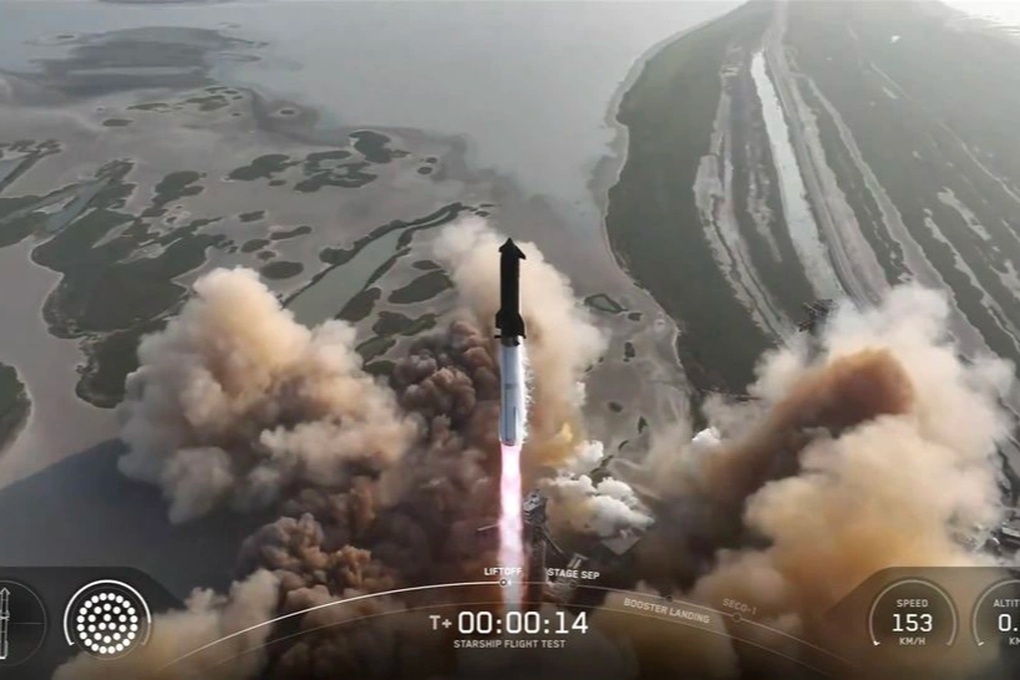
SpaceX's Starship super rocket complex on its 9th test flight on May 28 (Photo: SpaceX).
Early morning of May 28 (Vietnam time), SpaceX conducted the 9th test flight of the Starship super rocket complex - a system designed to serve the goal of conquering the Moon and Mars in the future.
Despite making significant progress, the mission ended in failure as the company lost control of both layers of the system.
Notably, this is the first time the Super Heavy booster has been reused, with 29 of the 33 Raptor engines having flown on the previous flight.
Super Heavy was launched from Starbase - SpaceX's launch facility in South Texas (USA). The separation process went according to plan and the Starship upper stage reached space, showing a clear improvement over previous tests.
However, after about 6 minutes and 20 seconds, the Super Heavy booster exploded as it began its descent into the Gulf of Mexico. According to SpaceX representatives, the explosion occurred before the engines could complete the burn phase for a safe return.
Unlike previous tests, this time Super Heavy performed a number of new aerodynamic tests during the return journey, including changing the angle of attack to improve landing performance and fuel economy.
Starship: High hopes but yet to make history
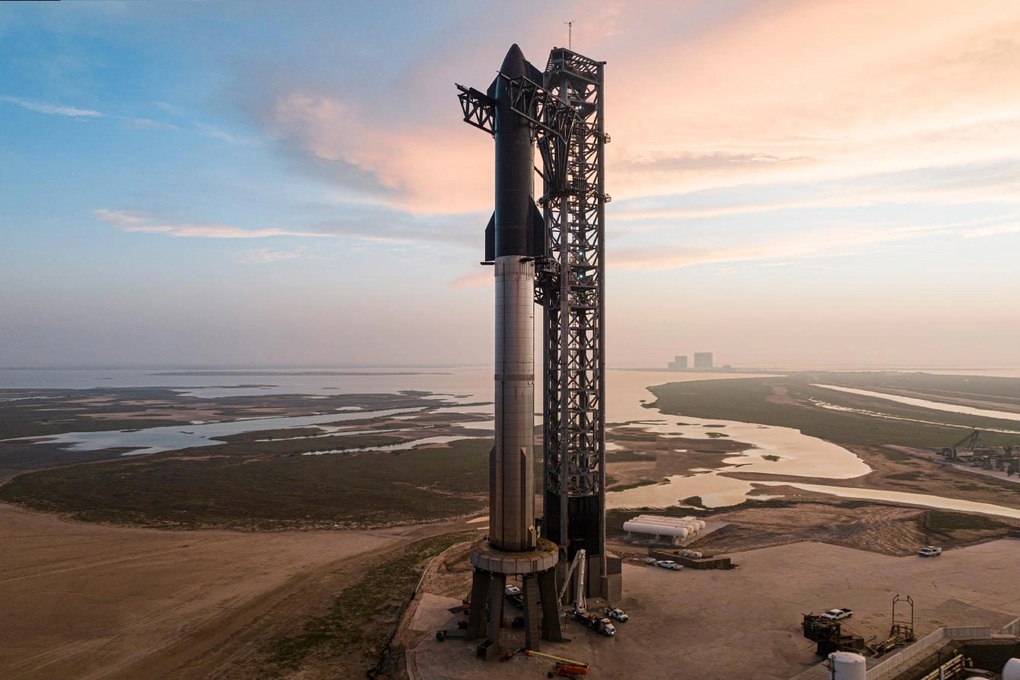
SpaceX is developing Starship as a fully reusable transportation system, meaning both the rocket and vehicle can return to the ground to carry out additional missions (Photo: SpaceX).
As for Starship, the 52-meter-long vehicle flew into space on a suborbital trajectory, heading east over the Atlantic Ocean. This was a big step up from previous flights, which typically exploded just minutes after liftoff.
However, the plan to deploy eight simulated satellites of the Starlink network about 18 minutes after launch could not be carried out due to a problem with the payload bay door.
Not long after, the spacecraft lost control due to a leak in its fuel tank, affecting its ability to adjust its posture in space.
The incident forced SpaceX to abort a Raptor engine relight test and accept ending the mission with an uncontrolled freefall over the Indian Ocean.
Failures are cumulative.
Despite the failure, SpaceX still collected a lot of data to help improve the technology. During this flight, the company tested new types of heat shields, including materials with active cooling systems, to evaluate performance during re-entry.
Speaking after the launch, SpaceX's Director of Production Engineering, Jessie Anderson, emphasized:
“This is how SpaceX works. We learn from every failure, iterate and improve until we succeed."
The first test flight in April 2023 (Flight 1) ended after less than 4 minutes, when the stage separation system failed, causing the entire rocket to lose control and activate the self-destruct mechanism.
Flight 2 was also unsuccessful, as the booster stage exploded shortly after separation.
From Flight 3 to Flight 5, SpaceX improved control, reached higher altitudes, and tested many new technologies, but was unable to successfully re-enter the atmosphere.
By Flights 6 and 7, Starship began performing space tests, despite continued failures in auxiliary systems such as attitude control and reentry engines.
Flight 8 – the most recent mission – came very close to reaching its goal as the spacecraft circled halfway around the world but still encountered problems during re-entry.
Source: https://dantri.com.vn/khoa-hoc/tau-starship-phong-that-bai-phat-no-trong-khong-gian-20250528081651333.htm



![[Photo] Vietnamese and Hungarian leaders attend the opening of the exhibition by photographer Bozoky Dezso](https://vphoto.vietnam.vn/thumb/1200x675/vietnam/resource/IMAGE/2025/5/29/94d8ceca5db14af3bf31285551ae4bb3)
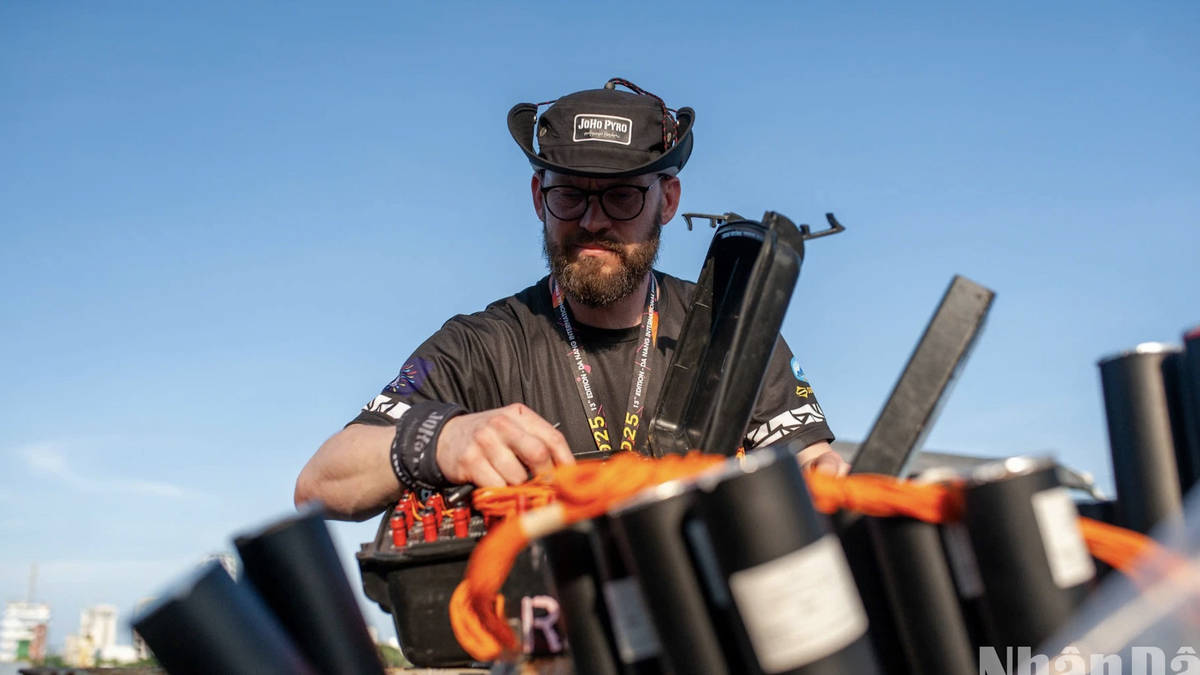
![[Photo] Prime Minister Pham Minh Chinh receives a bipartisan delegation of US House of Representatives](https://vphoto.vietnam.vn/thumb/1200x675/vietnam/resource/IMAGE/2025/5/28/468e61546b664d3f98dc75f6a3c2c880)

![[Photo] Prime Minister Pham Minh Chinh meets with Hungarian President Sulyok Tamas](https://vphoto.vietnam.vn/thumb/1200x675/vietnam/resource/IMAGE/2025/5/29/dbcaa73e92ea4448a03fe1d0de6d68e8)










































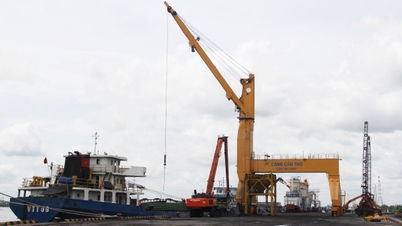















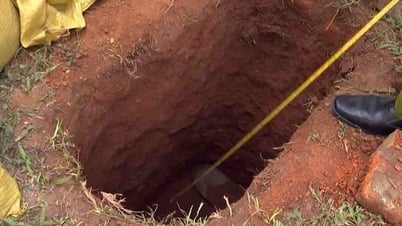



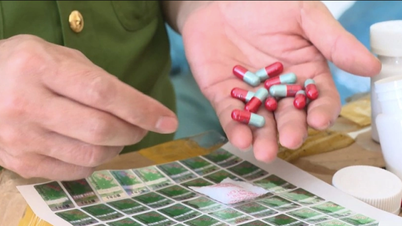

















Comment (0)